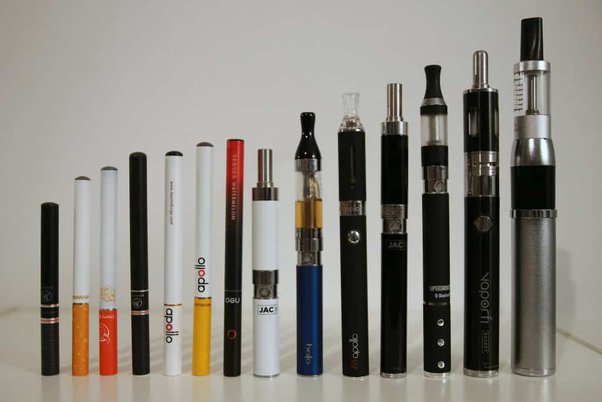An electronic cigarette dispenser is an automated retail unit specifically designed for the sale and controlled distribution of e-cigarettes, vape pens, e-liquids, and related vaping accessories. These systems are engineered to provide consumer access to such products, often incorporating mechanisms to adhere to regulatory requirements, particularly concerning age verification.
Core Functionalities and Features
Electronic cigarette dispensers typically integrate several key functionalities to operate effectively and compliantly:

- Automated Dispensing Mechanism: Securely stores and dispenses the selected product upon completion of a verified transaction. This often involves robotic arms or coil/tray-based systems.
- Payment Processing: Supports various payment methods, including credit/debit cards, mobile payments, and sometimes proprietary pre-paid cards or accounts.
- User Interface (UI): Usually a touchscreen or a combination of screen and physical buttons, allowing users to browse products, view information, and make selections.
- Inventory Management: Internal systems track stock levels for each product, often with capabilities for remote monitoring and alerts for low stock or malfunctions.
Essential Integrated Technologies
To meet operational and regulatory demands, these dispensers often incorporate advanced technologies:
- Age Verification Systems: This is a critical component. Methods can include scanning of government-issued IDs (driver’s licenses, passports), third-party age verification services, or even biometric solutions in advanced models. The system must reliably prevent sales to underage individuals.
- Security Features: Robust physical construction with reinforced materials, secure locking mechanisms, and often alarm systems to prevent tampering, vandalism, and theft. Surveillance cameras may also be integrated.
- Remote Management and Connectivity: Network connectivity (Wi-Fi, cellular) enables remote updates, diagnostics, sales data retrieval, and inventory monitoring, allowing for efficient fleet management.
- Compliance Reporting: The system may generate logs and reports detailing transactions, age verification attempts (successful and failed), and inventory changes, which can be crucial for regulatory audits.
Deployment Considerations
The deployment of electronic cigarette dispensers involves several important considerations:
- Regulatory Landscape: Strict adherence to all local, state, and federal laws governing the sale of tobacco and vaping products is paramount. This includes age restrictions, product type limitations, marketing constraints, and dispenser placement rules.
- Location Strategy: Dispensers are typically placed in age-restricted environments or locations where access can be controlled and monitored.
- Maintenance and Support: Regular maintenance is required for both the hardware (dispensing mechanism, payment terminals) and software to ensure reliability and security.
- Product Curation: Ensuring the dispenser is stocked with compliant and in-demand products, managing product expiry dates, and adhering to any flavor or nicotine strength restrictions.









